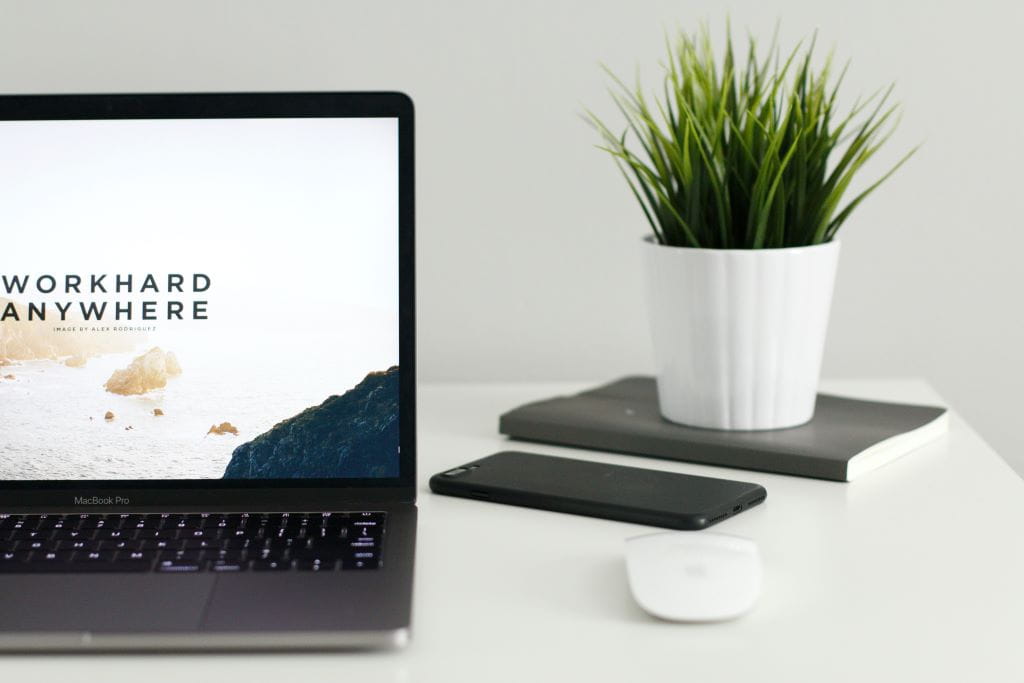This week, the workers adopting the “slow work” mindset. Plus, wearable tech to prevent injuries, bullying claims surge amid work from home, and the secret to a great performance review. Read this week’s trends from the world of work.
July 15, 2022
Trending
Wellbeing
Inclusive Futures
Forget busyness. Forget multitasking. The new trend in the world of work – especially for younger workers – is slow work.
Croatia will adopt the Euro in 2023.
Men are more likely to get a job interview in tech, new report finds.
Global population growth hits its lowest rate since 1950.
Sky-high shipping rates are finally sinking.
Google pulls back on hiring.
For the first time in two decades, the Euro reached parity with the US dollar.
How to support menopausal people at work.
We’ve got a full breakdown of all the top headlines you can’t miss this week.
What else matters this week?
Croatia will adopt the Euro in 2023.
Men are more likely to get a job interview in tech, new report finds.
Global population growth hits its lowest rate since 1950.
Sky-high shipping rates are finally sinking.
Google pulls back on hiring.
For the first time in two decades, the Euro reached parity with the US dollar.
How to support menopausal people at work.
We’ve got a full breakdown of all the top headlines you can’t miss this week.
#1. Burnout? Ha. Enter the era of “slow work.”
On TikTok, the #CorporateTok genre is growing fast. Scroll through the post, and you’ll find young employees critical of traditional workplace norms, workers resistant of back-to-the-office mandates…and advocates for the slow work movement.
The antithesis of busyness or multitasking, the slow work movement encourages workers to redefine what they see as productivity and embrace their creativity and goals to the fullest It’s not just TikTok, either: workers have leaned into new concepts like the four-day work week and bleisure as they seek to re-examine their relationships with work. Read more at the Financial Times.
The antithesis of busyness or multitasking, the slow work movement encourages workers to redefine what they see as productivity and embrace their creativity and goals to the fullest It’s not just TikTok, either: workers have leaned into new concepts like the four-day work week and bleisure as they seek to re-examine their relationships with work. Read more at the Financial Times.
.jpg?h=683&iar=0&w=1024&hash=C675F449D9646BE5754D992D027A6D3C)
#2. Can wearable tech prevent workplace injuries?
Wearable belts. Wearable watches. Overwork is a major concern for many workers. Now, wearable tech may be able to warn workers if they are lifting improperly and prevent workplace injuries. Corporations like Amazon and Walmart are both investing in tech startups that offer wearable devices – similar to a Fitbit, or Apple Watch – that gathers data on worker movement in hopes of preventing injuries. Read more here.
.jpg?h=683&iar=0&w=1024&hash=94DA49691115E677F251FCA63EEA0C65)
#3. The secret to a great performance review.
Performance reviews have two purposes: to evaluate your performance, and to develop skills in line with your job tasks. Many workers find performance reviews as time-consuming, demotivational, inaccurate, and biased. In fact, one survey found that most CEOs don’t find the appraisal process in their companies helps to identify top performers.
It’s time to rethink performance reviews, the Harvard Business Review argues. The leader providing feedback should focus on giving workers better priorities and clarify accountability, among other things. Read more at Harvard Business Review.
It’s time to rethink performance reviews, the Harvard Business Review argues. The leader providing feedback should focus on giving workers better priorities and clarify accountability, among other things. Read more at Harvard Business Review.
.jpg?h=684&iar=0&w=1024&hash=D9818FE749D23EEBA5CAFC31E8272775)
#4. Work-from-home takes a toll as bullying claims in the workplace surge
Home office set-ups may have many benefits, but in the UK, there’s one clear drawback: bullying. Over the past year, a record number of bullying claims have hit the UK’s employment courts. Courts saw a 44% surge in cases that including bullying allegations. In the UK, employees can’t sue employers directly for bullying, but they can include it in claims for discrimination or whistleblowing. Read more here.
.jpg?h=683&iar=0&w=1024&hash=5CA7208AAB9E4C45D2ADF886EF8C91AB)
#5. Gender parity will take 132 years, new research shows.
Reaching gender parity across work, health and politics across the globe will take 132 years at the current rate of progress, according to new research from the World Economic Forum. Iceland has come the closest to closing the gender gap, with Finland and Norway not far behind. Since the start of the pandemic, the report highlights, women’s participation in the labour market has significantly decreased. That’s due to the burden of care falling on women. Gender parity is now at its lowest level since 2006. Read more at the World Economic Forum.
.jpg?iar=0&hash=F5EA0DD7D6C57150818E6400B49FE53E)



